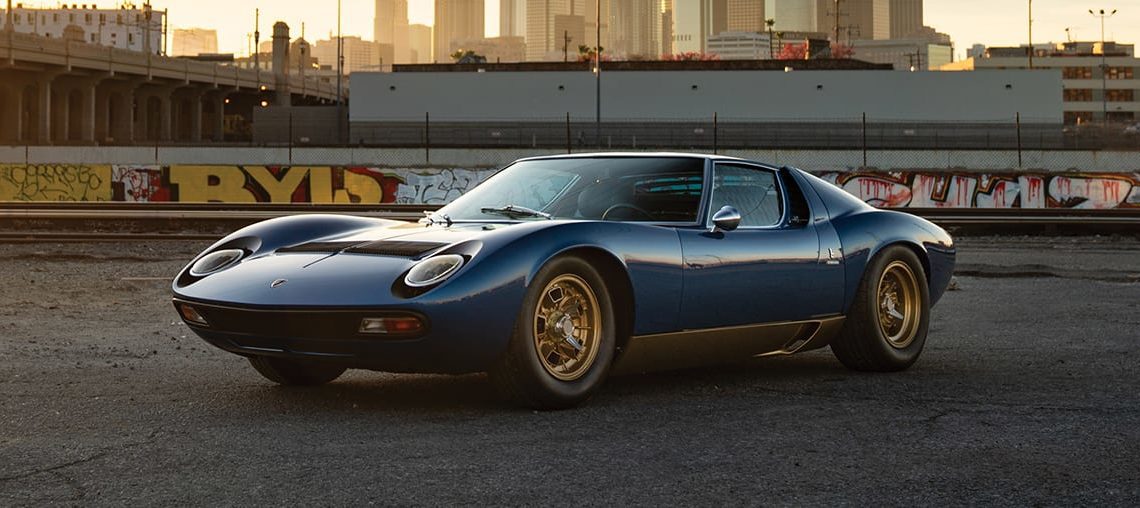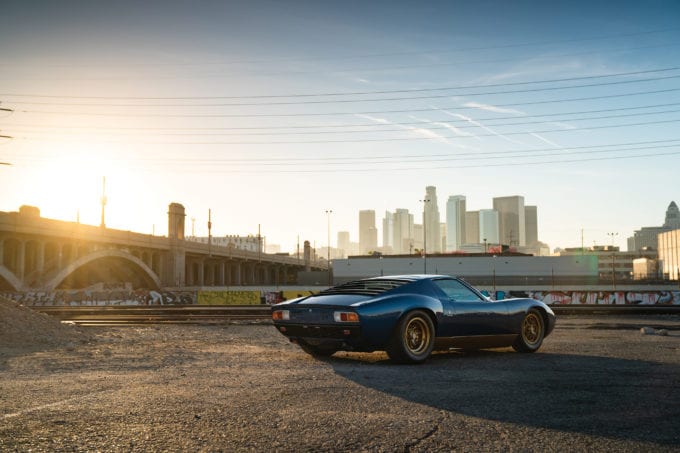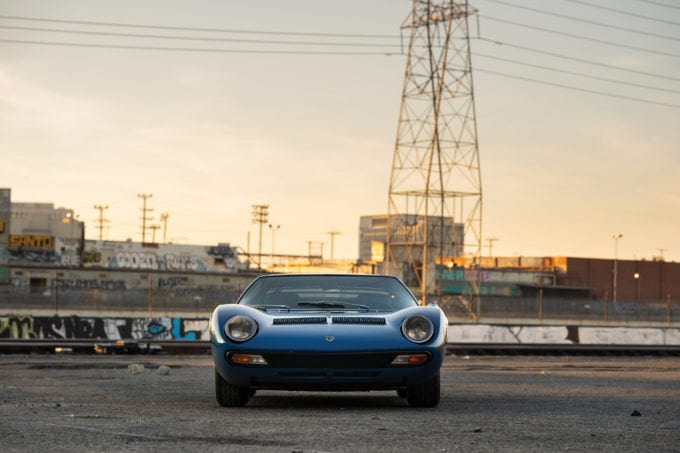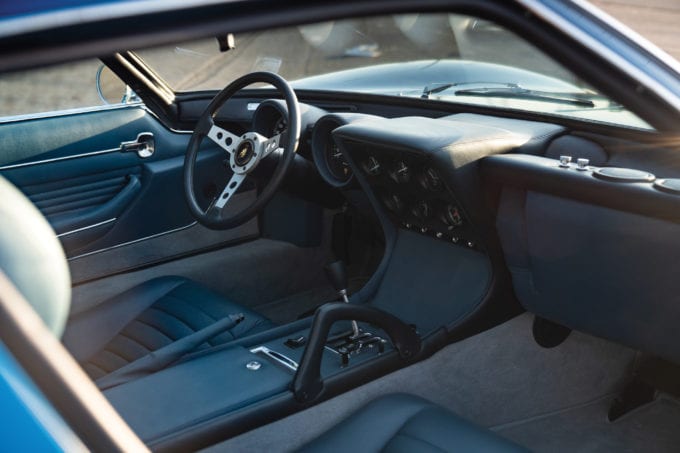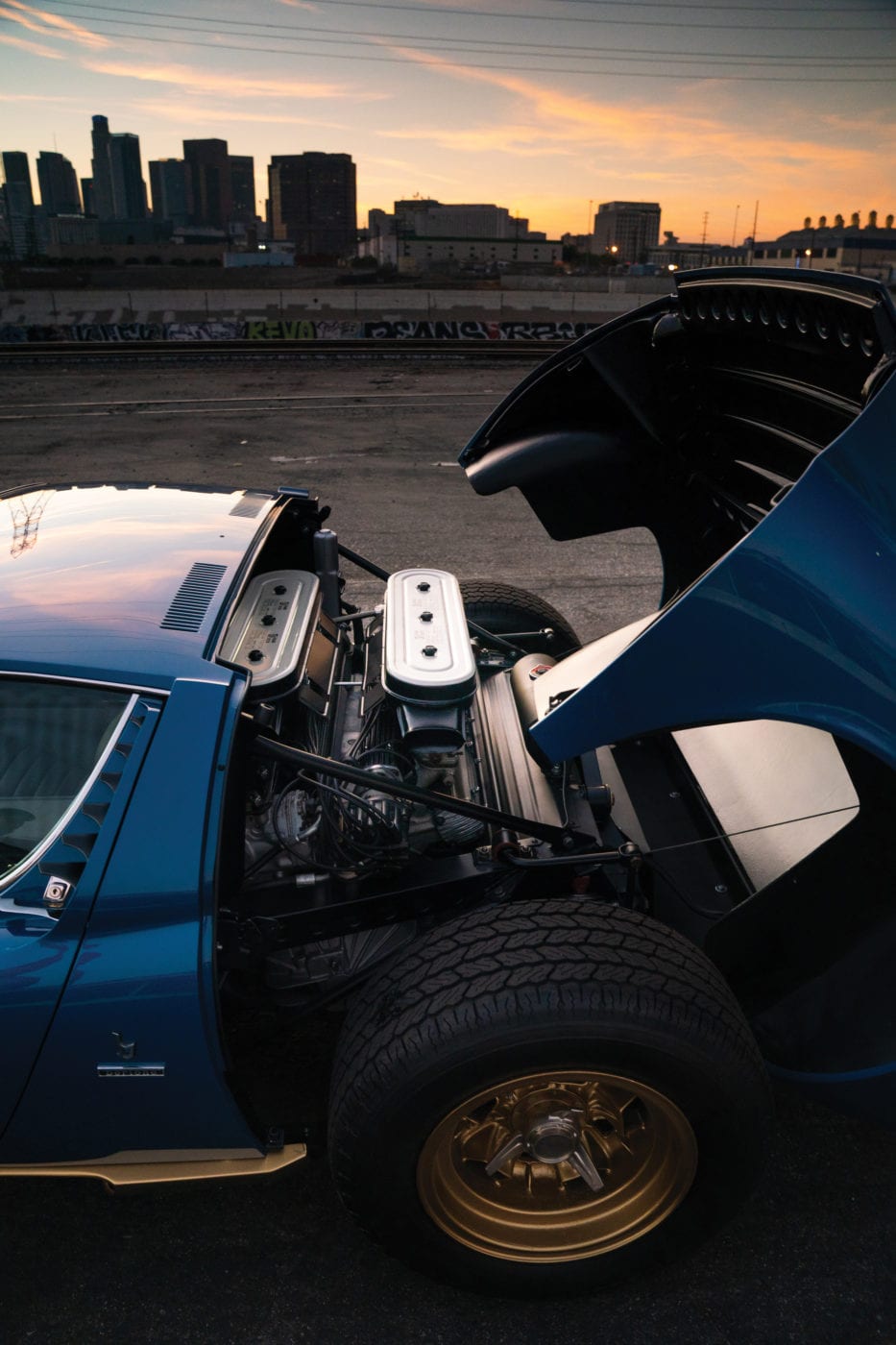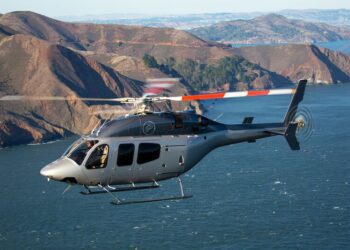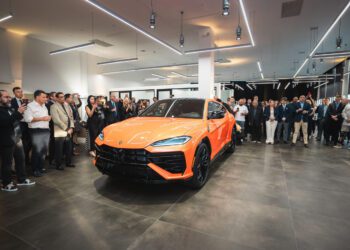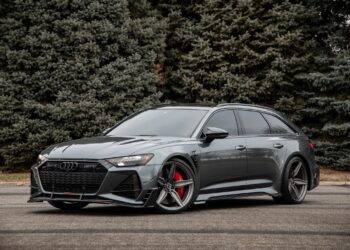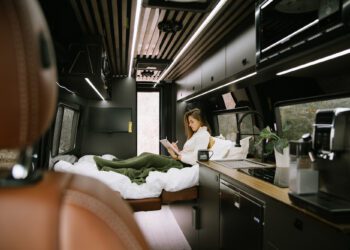Before the introduction of the Lamborghini Miura at the 1966 Geneva Salon, the term “supercar” simply did not exist. The Miura heralded the beginning of a new age in automotive history, and visually, it looked like nothing else on the road. The designer, Marcello Gandini, was just 27 years old when he penned its stunning design for Bertone, and his work encapsulated the youthful spirit of the age and the power lying behind the bodywork.
The Miura’s design was indebted to its engine placement, with the V-12 mounted transversely directly behind the passenger compartment. Not only did this allow for a highly attractive silhouette, but it also gave the Miura incredible balance and weight distribution. Like many supercars that have followed in its footsteps, the Miura evolved over time, and the last iteration, the Miura P400 SV, was the most developed and potent. The suspension was also revised slightly to help reduce the “front-end lightness” that characterized the handling of earlier cars, and the rear bodywork was widened for a more aggressive stance. The engine was also addressed, and the SV was fitted with larger carburetors and featured different cam timing, helping to make the SV more user-friendly at lower RPMs.
Needless to say, performance remained incredible, and the SV could outrun just about everything on the road when new. Producing a total of 385 hp, the SV could sprint from 0–60 mph in just 5.8 seconds. On a wide-open stretch of road, the Miura could reach a top speed of 180 mph.
Completed on 29 October 1971, this P400 SV, chassis no. 4912, was originally finished in Bleu Medio over a Pelle Bleu interior and was shipped new to the U.S. through Modena Car U.S.A. Notably, it was the only Miura SV to be finished in that color according to Joe Sackey’s definitive tome, The Lamborghini Miura Bible. Furthermore, it is one of 11 single-sump Miura SVs to be fitted from new by the factory with optional air conditioning and one of just five examples equipped as such delivered stateside. Chassis 4912 resided in Texas as of 1977 under the ownership of Pedro A. Rubio but had left his ownership by 1979. It is believed that the car remained in the U.S. until at least 1992. At that time, the car was imported from the U.S. to Japan by the Tokyo Pipe Co. Ltd.
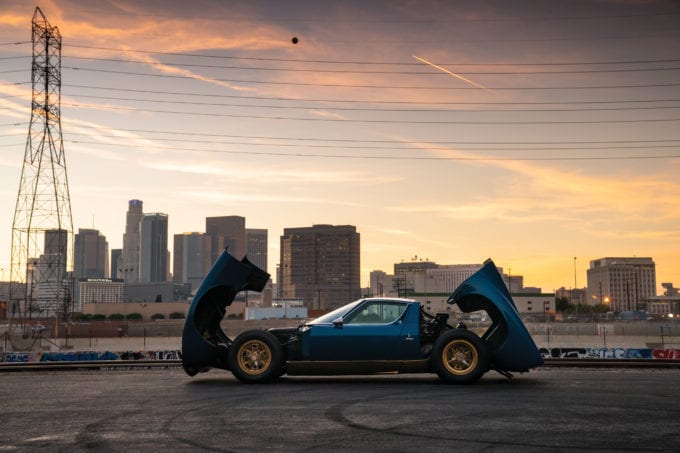
The car remained in Japan for the next 20 years, and during this time, it remained largely in static storage. By 2011, it was sold to a Mr. Yamaguchi of Tokyo, then returned back to the U.S. It has since been the recipient of a full cosmetic restoration to original colors by Bodie Stroud, and mechanical work was done by the owner’s personal shop that services many street and race cars. During this time, the engine was reported to have strong compression, so only top end work was carried out. All electronics were looked after, and even a correct SV steering column was sourced. Since completion, it has been shown at the Pebble Beach Concours d’Elegance, the San Marino Motor Classic, and the Father’s Day show on Rodeo Drive. When shown, it was only for display and not judged.
Without the Miura, it can be argued that Lamborghini might not even exist as a company today. Its importance to the automotive world simply cannot be overstated. Chassis no. 4912 is an excellent driver’s Miura and would surely put a smile on the faces of any driver and passenger at speed. Furthermore, considering its incredible original specification and superb
This Lamborghini will be offered at RM Sotheby’s Petersen Automotive Museum Auction, to be held on Saturday 8 December 2018. You can view more photos of this and all other vehicles on offer at RMSothebys.com.
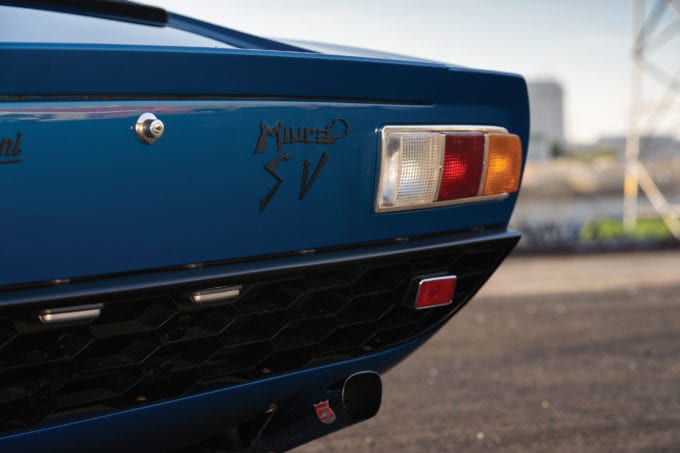
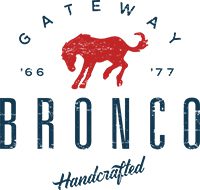
Presented by Gateway Bronco
We build and modernize the Ford Bronco with new Ford Coyote 5.0L engines and 6-speed automatic transmissions, building each truck on Henry Ford’s creation, a modern production line. Gateway Bronco is unique to anyone in the industry, meeting the Certified Reconditioned Vehicle Standards established by Ford Motor Company. Now an Official Ford Licensee

